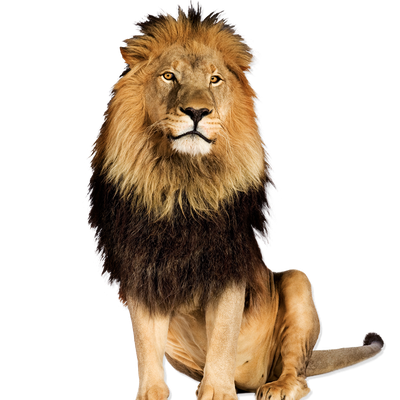Your search returned 2813 results
-
Wandering Whistling-Duck
https://australian.museum/learn/animals/birds/wandering-whistling-duck/Wandering Whistling-Ducks are gregarious when not breeding, and form large flocks of up to thousands of individuals. They often flock with Plumed Whistling-Ducks.
-
Weebill
https://australian.museum/learn/animals/birds/weebill/Weebills are some of Australia's smallest birds, with northern Australian Weebills even smaller than those in the south.
-
Whiskered Tern
https://australian.museum/learn/animals/birds/whiskered-tern/A whole colony of Whiskered Terns will quickly fly to mob or attack a predator or intruder, including humans.
-
White-browed Woodswallow
https://australian.museum/learn/animals/birds/white-browed-woodswallow/The White-browed Woodswallow is a dark bird with a distinctive white eyebrow, they roost together in tight clusters at night, as well as during cold weather and storms.
-
White-fronted Honeyeater
https://australian.museum/learn/animals/birds/white-fronted-honeyeater/In hot weather, adult White-fronted Honeyeaters may straddle nests to shade their young. It is a medium-sized honeyeater with a white face mask and 'moustache', a long, strong, curved bill and has a grey cheek patch.
-
White-fronted Tern
https://australian.museum/learn/animals/birds/white-fronted-tern/Striata is from the Modern Latin word striatus for streaked or striped. The scientific name for the White-fronted Tern comes from the barred upperparts of the juveniles' plumage. The White-fronted Tern has grey back and wings with white everywhere else except a black cap.
-
White-headed Pigeon
https://australian.museum/learn/animals/birds/white-headed-pigeon/The White-headed Pigeon prefers to feed in the introduced tree species Camphor Laurel. It is a large pigeon with a distinctive white head, neck and breast, which sometimes have an orange or greyish wash.
-
White-throated Gerygone
https://australian.museum/learn/animals/birds/white-throated-gerygone/The White-throated Gerygone is a very small grey brown bird made distinctive with its bright yellow underparts and a white-tipped tail.
-
White-throated Treecreeper
https://australian.museum/learn/animals/birds/white-throated-treecreeper/The White-throated Treecreeper is dark brown, with a distinctive white throat and chest, and white streaks on its flanks, edged with black. Its diet consists mainly of ants.
-
Yellow Thornbill
https://australian.museum/learn/animals/birds/yellow-thornbill/The Yellow Thornbill is found in open forests, woodlands and shrub lands throughout mainland eastern Australia. The average size is 10cm and it can be identified by its greenish-olive coloured back and white streaked cheeks and ears.
-
Book now
Machu Picchu and the Golden Empires of Peru
Now open
Tickets on sale![]()
-
Find out more
Burra
Permanent education space
10am - 4.30pm![]()
-
Find out more
Wild Planet
Permanent exhibition
Open daily![]()
-
Discover more
Minerals
Permanent exhibition
Open daily![]()





